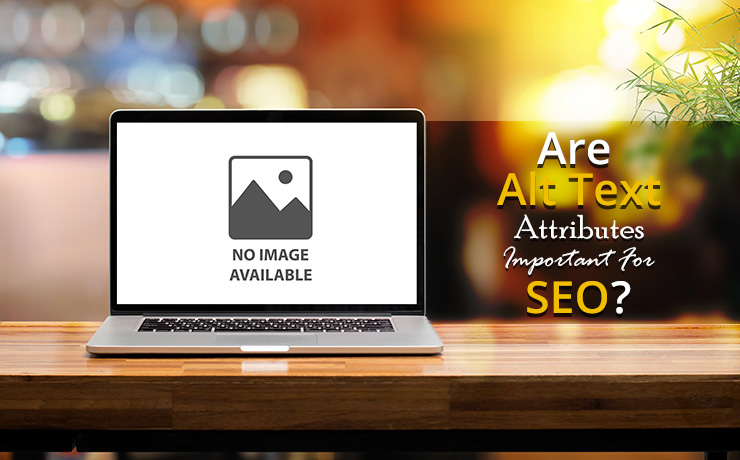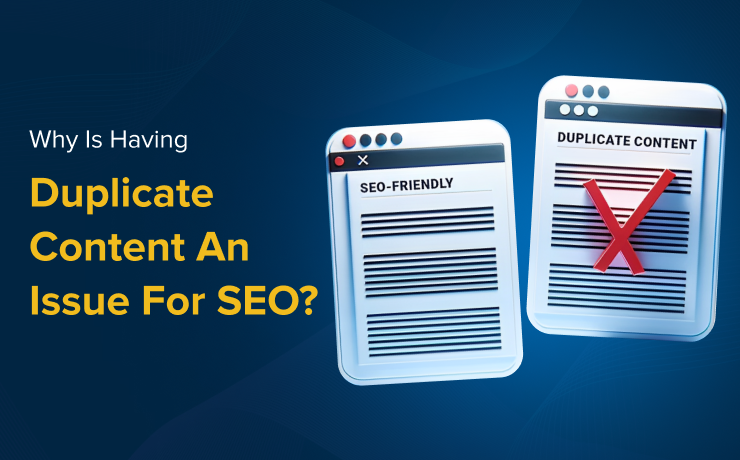Mover SEO Tactics To Help You Move Up In 2021

Clement Foo
Senior Digital Content Manager

If you are in the moving and storage industry, you may be wondering how to make use of SEO tactics to generate more sales leads. One thing about moving and storage companies is that the sales leads you are working with are mostly local and as a result, there’s a very specific pool of customers you need to target. How, then, do you go about targeting this very specific group of customers with SEO tactics? In order to do that, we must first understand how Google ranks your website amongst the many other moving and storage search results out there.
In this article, we list out some mover SEO tactics to help you move up in 2021. The best part is that all these can be achieved without paying for any advertising!
Know How Your Website Ranks and How It Is Doing
Chances are, you already have a website for your moving and storage company, but do you know how it ranks in Google searches? Making use of tools such as Google Analytics and Google Search Console, you can easily find out how your website is doing. The most basic data such as how many visitors are viewing your site, when they are doing so – be it weekdays, weekends or late at night – can easily be obtained.
Additionally, you can find out more detailed information such as the inner pages your visitors are landing on, where they are being led as well as how long they stayed on each page and your website as a whole. If there are certain pages that are visited much more frequently than others, you may want to take a look at why that is so. From this information, you can discern if there’s anything you can do to improve visits to pages that aren’t doing as well.
Throughout the process, you will want to check that all the inner links to your website are working properly and that there’s no plagiarized content. Most importantly, you will want to make sure your contact information is up to date and that your online form – if you have one – is up and functioning. You do not want to lose a potential lead due to an issue that can be as easily resolved as updating your contact information!
Do Research on Relevant Keywords
Now that we have established how your website is doing, you will need to start doing research on relevant keywords. The first and most generic keyword that relates to your business is something as obvious as “moving company” or “storage company”. However, with so many competitors out there, how do you rank on the first page of such a generic search term? In all likelihood, you will want to focus on a combination of local SEO and long-tail keywords instead of hedging all your bets on generic search terms.
Let’s address local SEO first: as a business that provides moving and storage services, your customer base will be made up predominantly – or even completely – of local sales leads. Hence, you will want to incorporate location-specific keywords such as “moving and storage company in Boston”. Additionally, long-tail keywords are four words or longer and zoom in on the specific needs of the customer. For instance, if your mover company is located in a university town, you will want to target students going home for the summer with a keyword such as “summer storage services for students in Boston”.
Improve the User Experience on Your Website
If you have ever used your phone to look up something and chanced upon a website that wasn’t mobile-friendly, chances are you clicked away almost immediately rather than spending time zooming in to read the miniscule words. Do not let that happen to visitors who land on your website – improving the user experience of your site can go a long way in increasing brand awareness and leaving a good impression on potential leads. When visitors feel comfortable using your website, they are likely to stay for longer and click on more inner pages. The benefits of this can seem pretty self-explanatory – increasing engagement, higher likelihood of conversion and more – but did you know that Google takes visitor engagement into account when ranking your website?
As a search engine, Google has as much incentive as you do to want visitors to continue using their platform. Therefore, websites that visitors spend a longer time on will be ranked higher up by their algorithm. The reason is simple: if visitors are leaving your website after a matter of seconds, this signals to Google that your website isn’t very helpful. Conversely, if visitors are spending a substantial amount of time on your website, Google rates your website as useful and this will help to boost your SERP ranking.
Create Engaging and Educational Content
If you have yet to start on a blog on your website, it’s time to do so. Users tend to look for content that solve their problems, and if you don’t provide, they will start drifting away to competitors. If you are stuck for content ideas, the first thing you can do is take a look at your FAQ section. What is the one question that customers ask you the most frequently? Are there any common misconceptions surrounding the industry you are in? If so, write a blog post addressing the issue! When users feel like you understand their concerns, this helps them relate to you and makes them more likely to convert or recommend your services to friends and family.
When this happens, the user will stay on your website for as long as it takes them to finish reading one blog post and possibly even navigate further after doing so. If they recommend your site to friends and family, traffic to your website is increased. Both factors signal to Google that your website is useful, again serving to move you up in search rankings.
Make Page Information as Simple as Possible
With so many websites out there, you may be wondering how Google knows what your site is about, and how it knows that. When a website goes live, Google sends out a team of bots to “crawl” the site and find out what it’s about in order to give it a place in their search index. What these bots do is read every piece of information on your website and store it away in a file that contains the information of thousands of millions of websites.
This may sound crazy to you – how do you make your website stand out amongst so many others out there? Some simple steps you can take include:
- Including proper alternate text for images: If you do not name your images deliberately and consciously, often the default name will be something like “IMG0047”. Not only does that tell you nothing about the image, you are throwing away a precious opportunity to incorporate some keywords.
- Using hyphens to separate words in URLs: Besides making your URL easier to read and more palatable, when you separate words with hyphens, you do not run the risk of certain words mashing together to form new words. For example, “moving chairs how to” can be read as “moving chair show to” if you do not use hyphens.
- Including keywords in meta descriptions.
If you are a moving or storage company looking to make use of SEO tactics to help you move up in 2021, why not try some of our suggestions above? A little time spent on reviewing your keywords and deriving actionable insights from your current website activity can go a long way. Once you have this information, you can start to formulate a SEO strategy that works best for your business. Do not underestimate the importance of SEO in Google SERP rankings – it can make a huge difference when done right.
Furthermore, you can benefit from focusing on what’s best for your moving and storage company and its unique needs, such as the fact that most customers are locally based. Hence, applying local SEO and long-tail keywords will probably work better than focusing on generic keywords. When all is said and done, you cannot afford to miss out on the benefits of a good SEO strategy in 2021.
 Free
Consultation
Free
Consultation Free
Google Ads Audit
Free
Google Ads Audit







